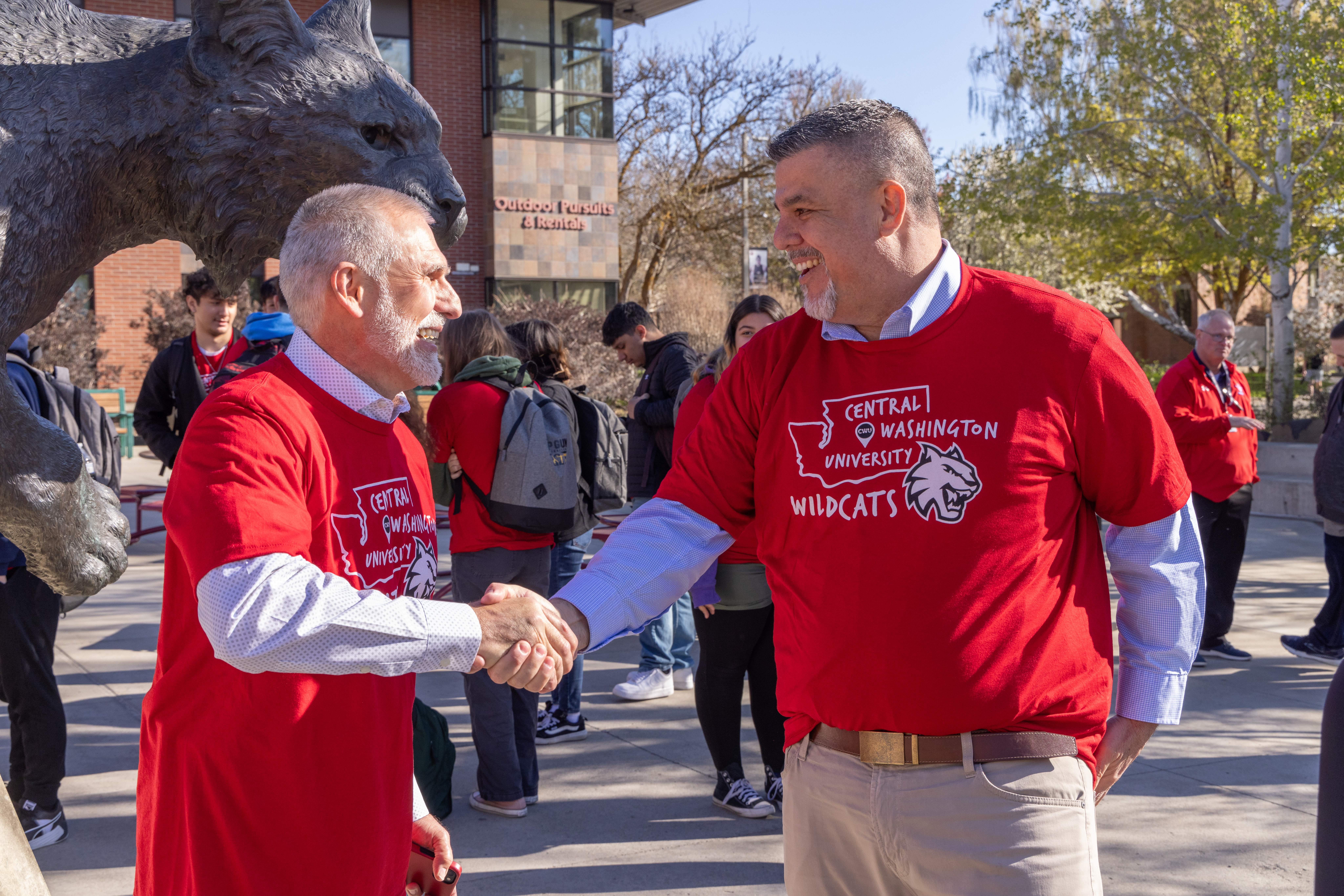
Career Services
Resumes and Cover Letters
In addition to using the following resources, please remember that Career Services staff can also review resumes, cover letters, and even documents for grad school including your curriculum vitae! Book an appointment with one of our staff members for assistance with your documents.
You can also email your documents your document(s) to our office and it will be forwarded to one of our career counselors for review. Please allow up to 5 business days for a reply. When sending documents, please include the following in your email:
- Name
- Phone Number
- E-mail Address
- Student ID #
Resumes
The purpose of the resume is to get your foot in the door and allow for dialogue and consideration by an interested employer.
There are many ways to develop your resume. Use your own intelligence and imagination when developing your resume. Do not use a resume wizard or builder program; it will not do your skills and qualifications justice.
-
Steps to Developing Your Resume
Step One: Gather Your Raw Material
Create an accomplishment history - Brainstorm and write down everything at this point that you feel may have merit. Temporary headings can help you brainstorm. Following are some headings to spark ideas and help you organize your information:
- Personal Achievements (e.g., financing your education, overcoming obstacles)
- Education (e.g., classes related to your career goal, certifications, special training)
- Honors and Activities (e.g., student organizations, professional associations, scholarships, academic achievements)
- Volunteer Experience (e.g., church, civic groups, hospitals, tutoring, schools)
- Work Experience (e.g., paid/unpaid, part/full-time, internships, military)
- Career Related Skills (e.g., computer proficiency, world languages)
Gather documents related to your experiences i.e. performance reviews, letters of appreciation, transcripts, records of workshops and conferences attended, job descriptions, previously completed job applications.
Step Two: Select The Information You Will Use - Focused and Clear
Identify the information you feel most positively represents your background relevant to the employer needs. Tailor your resume to best market yourself for the position. A clear crisp resume makes it easy to see who you are and what skills you posses. Your resume should not tell everything about you.
Step Three: Choose An Appropriate Resume Format
There are three formats for resumes: chronological, functional and combination. Following is a description of the different formats. Deciding what format to use is as important as what you put in your resume. Give this exercise time and thought. Most employers prefer the reverse chronological resume but it depends on your experience for what you are applying for.
-
Reverse Chronological Resume Format
This is the traditional style resume that lists your professional experience chronologically, starting with your most recent position. This is generally the recommended format. The majority of resumes are written in this format, and this is also the format most employers are accustomed to seeing.
-
Functional Resume Format
It summarizes your professional "functions" or experience and avoids or minimizes your employment history. Use this format if you want to emphasize skills that you haven't used in recent work. This format is often used in the following instances:
- Older workers, since it minimizes dates.
- Career changers, since it outlines transferable work skills.
- Recent graduates who don't have a lot of professional experience in their field but do have relevant course work or training.
- Returning employees, after an absence from the workforces, since it minimizes dates.
-
Combination Resume Format
The combination resume utilizes the best components of the chronological and functional styles. Accomplishments are included under each position or function rather than simply outlining duties and responsibilities. This style allows for flexibility in designing a strong sales tool.
Consider this style when:
- Each position you held involved a different job description.
- Have held internships/volunteer positions directly related to teaching.
- We recommend the Reverse Chronological resume for most students.
-
Resume Do's/Don'ts & Samples
DO
- Have someone proofread your resume
- Give a copy of your resume to each of your references
- Take a copy of your resume to the interview
- Change the keywords to fit the job
- Emphasize your positive points
- Omit any negatives
- Leave plenty of white space
DON'T
- Include personal information i.e. sex, age, marital status, picture, etc.
- Be wordy
- Include false or "enhanced" information
TIPS AND SAMPLES
Cover Letters
Include an introductory cover letter with each resume you send to employers. Each letter should be typed, printed, and signed before sending.
Your Present Address
City, State, Zip Code
Date
Person's Name*
Title
Employer Name
Street Address
City, State, ZIP Code
Dear (Mr., Ms., Dr., etc.):†
(First Paragraph)
Indicate the reason for writing, the specific position for which you are applying, and, if there is a position opening, the source from which you learned of the job and the date it was posted. If you are inquiring about jobs in general and no opening was advertised, indicate your interest in career opportunities in your field.
(Second Paragraph)
Mention why you are interested in the position or organization and its products or services. Relate your academic or work background to the position for which you are applying--how are you qualified for the position? Point out your practical work experience, specific achievements, and unique qualifications. Present information regarding your background and education in a way that shows a pattern of moving toward the position for which you are applying.
(Final Paragraph)
You may mention how an employer can obtain your references or credentials. Refer to your interest in a personal interview. You may suggest several dates or indicate your flexibility as to the time and place. Restate your interest and indicate your eagerness to meet personally to learn more about the position. Include your phone number. If you indicate you will call, follow through! Thank the employer for taking the time to read your letter and resume.
Sincerely,
(Your written signature)
Your typed name
Enclosure(s) (refers to enclosed resume and other required materials)
* Make every effort to get a specific name. If you absolutely cannot get a specific name, address your letter to the right department, making sure you know the current name of the department--for example, Human Resources vs. Personnel.
† If you are unable to get a name or do not even have the employer name (for example, if you are replying to a "blind" ad), do not use "Dear Sir/Madam" or "To Whom It May Concern." More appropriate salutations might be "Dear Employer," "(Position Title) Search Committee," or "Director of (fill in appropriate department)".
Sample Letters
CWU News

CWU Army ROTC to host nighttime Norwegian Foot March this Friday
May 1, 2024
by Rune Torgersen

Grant-funded Limitless network brings Yakima students to CWU
May 1, 2024
by Rune Torgersen